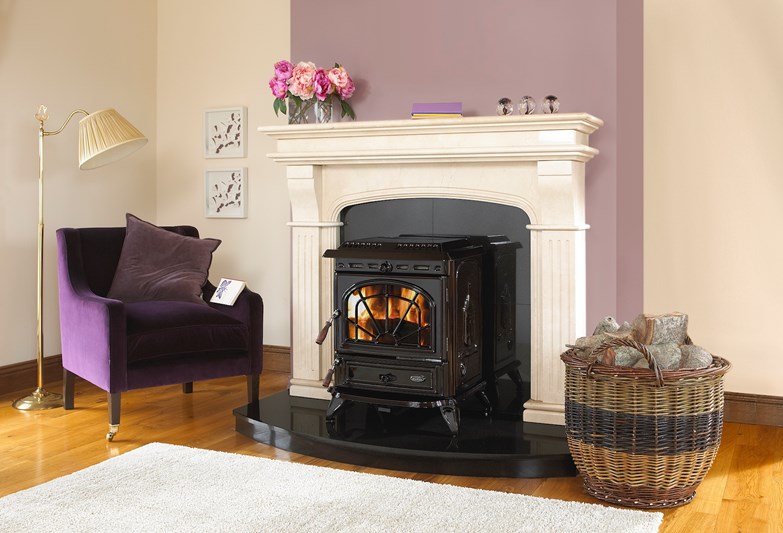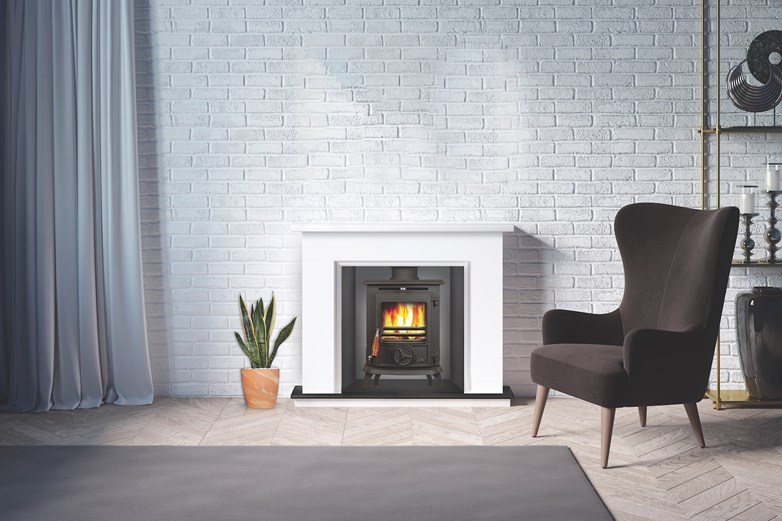Before lighting the stove, ensure that any build-up in the firebox has been removed and that the ashpan has been emptied.
- Lay a few crumpled sheets of paper on the grate and then a few small sticks, kindling or an approved firelighter.
- Ignite and close the door.
- Never use inflammable liquid i.e. gasoline, petrol paraffin etc. to start or "freshen up" a fire in this stove.
- When the fire is well established add fuel to the firebox and adjust the spin valve to the required setting.
- Never allow ashpan to over fill as it will cause damage to firebars.
- Ashes should be placed in a metal container with a tight fitting lid. The closed container of ashes should be on a non-combustible floor or on the ground well away from all combustible materials pending final disposal

CRESOTE: FORMATION AND NEED FOR REMOVAL
When some fuels are burned slowly, they produce tar and other organic vapours, which combine with expelled moisture to form creosote. The creosote vapours condense in the relatively cool chimney flue of a slow-burning fire. As a result, creosote residue accumulates on the flue lining. When ignited creosote makes an extremely hot fire.
FIRE SAFETY
To provide reasonable fire safety the following should be give serious consideration:
- The installation of smoke detectors.
- A conveniently located class 'A' fire extinguisher to contend with small fires resulting from burning embers.
- A practical evacuation plan.
- A plan to deal with a chimney fire as follows:
- Notify the emergency services.
- Prepare occupants for immediate evacuation
- Close all openings into the stove
- While awaiting the emergency services watch for ignition to adjacent combustibles from over head stove pipe or from embers or sparks from the chimney.




